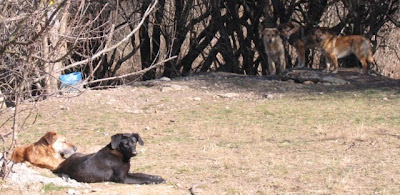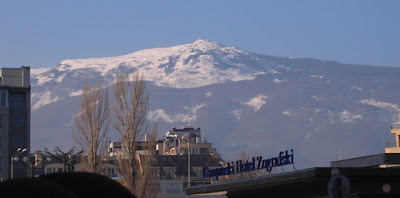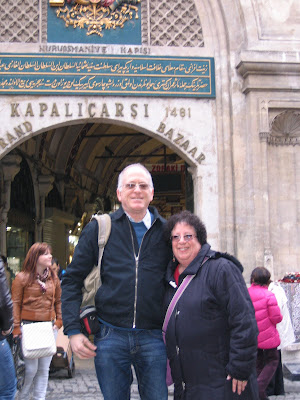Passover in Bulgaria

For various reasons, Ellis and I decided to stay in Bulgaria this year for Passover. This would be the first time in our lives that we didn’t celebrate the holiday with family, and we had to make a decision as to where we wanted to be for the Seder. After much thought, we decided to go to the communal Seder at the Jewish Community Center, and share a table with friends. As a result, I also found myself without any preparations to make for the holiday. We can’t get special food here, and I don’t have a separate set of dishes (in any case, there’s absolutely no room for such a thing in my small kitchen), so we decided to make the best with what we have. I went to the Synagogue last week to buy matzo, which turned out to be very different than what we are used to – narrower and rectangular in shape, instead of square. I also had friends bring me matzo meal and matzo ball mix from Israel – this way I could make our traditional popovers, and of course, matzo ball soup. With no preparations ...











